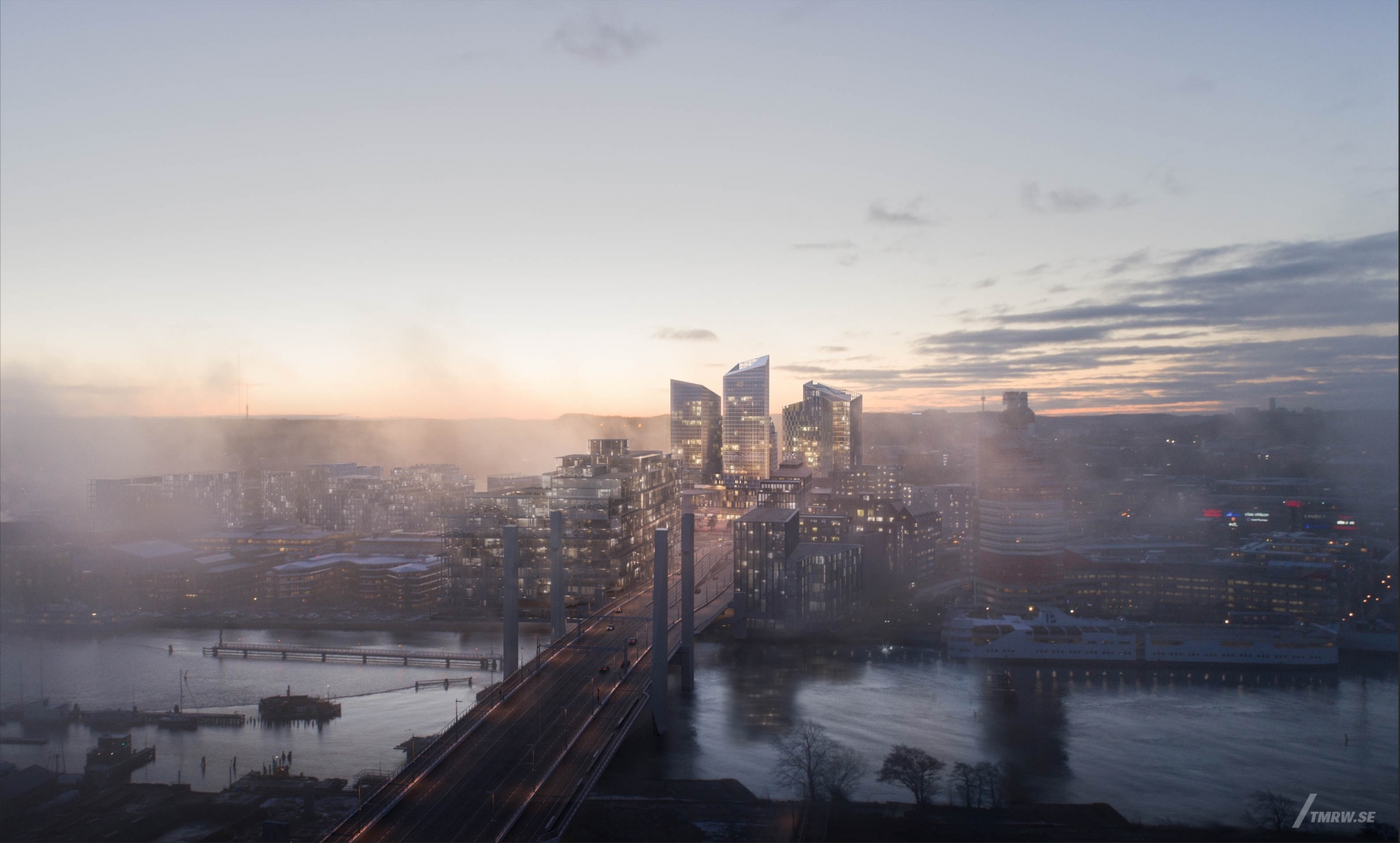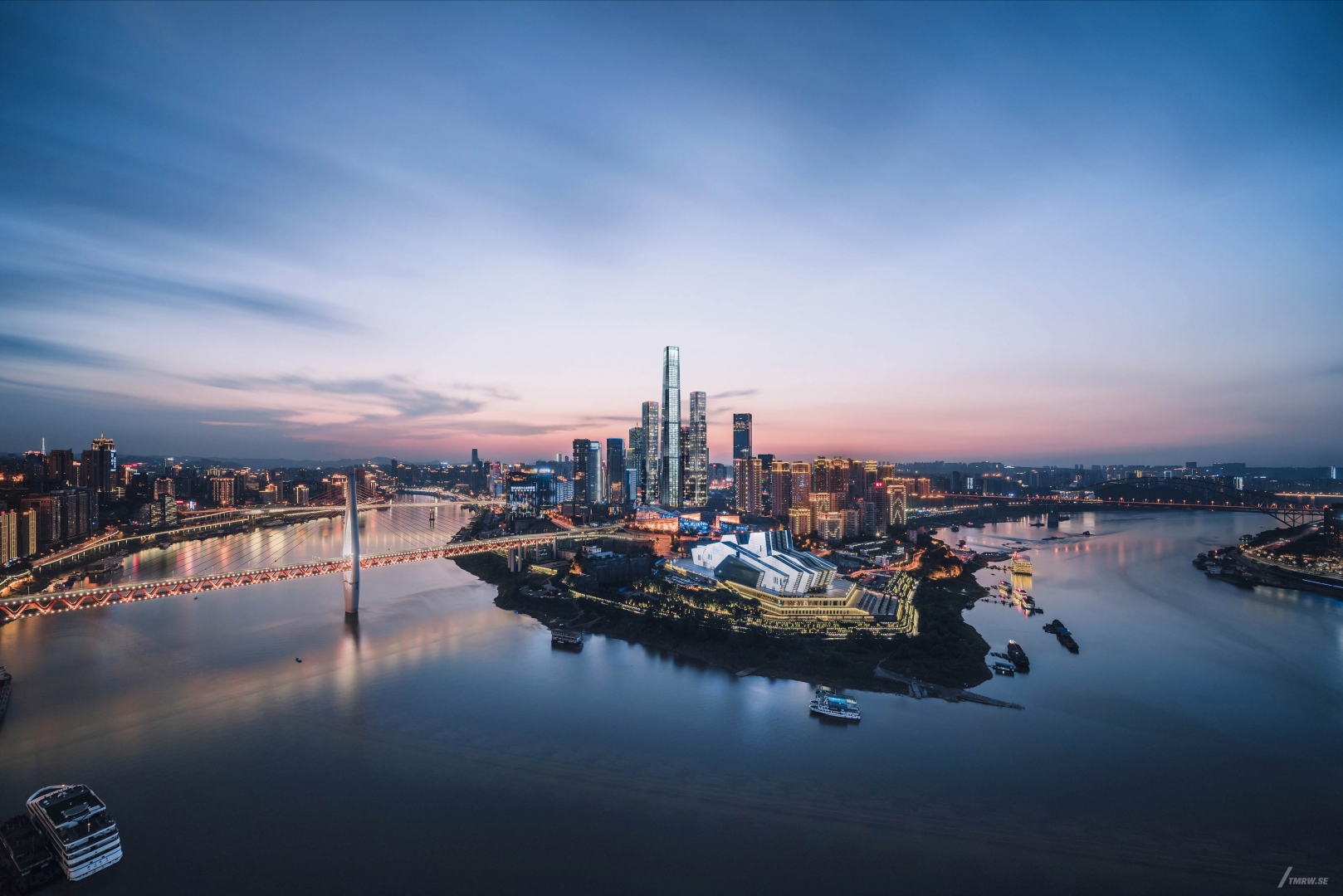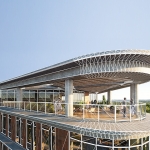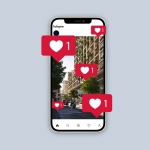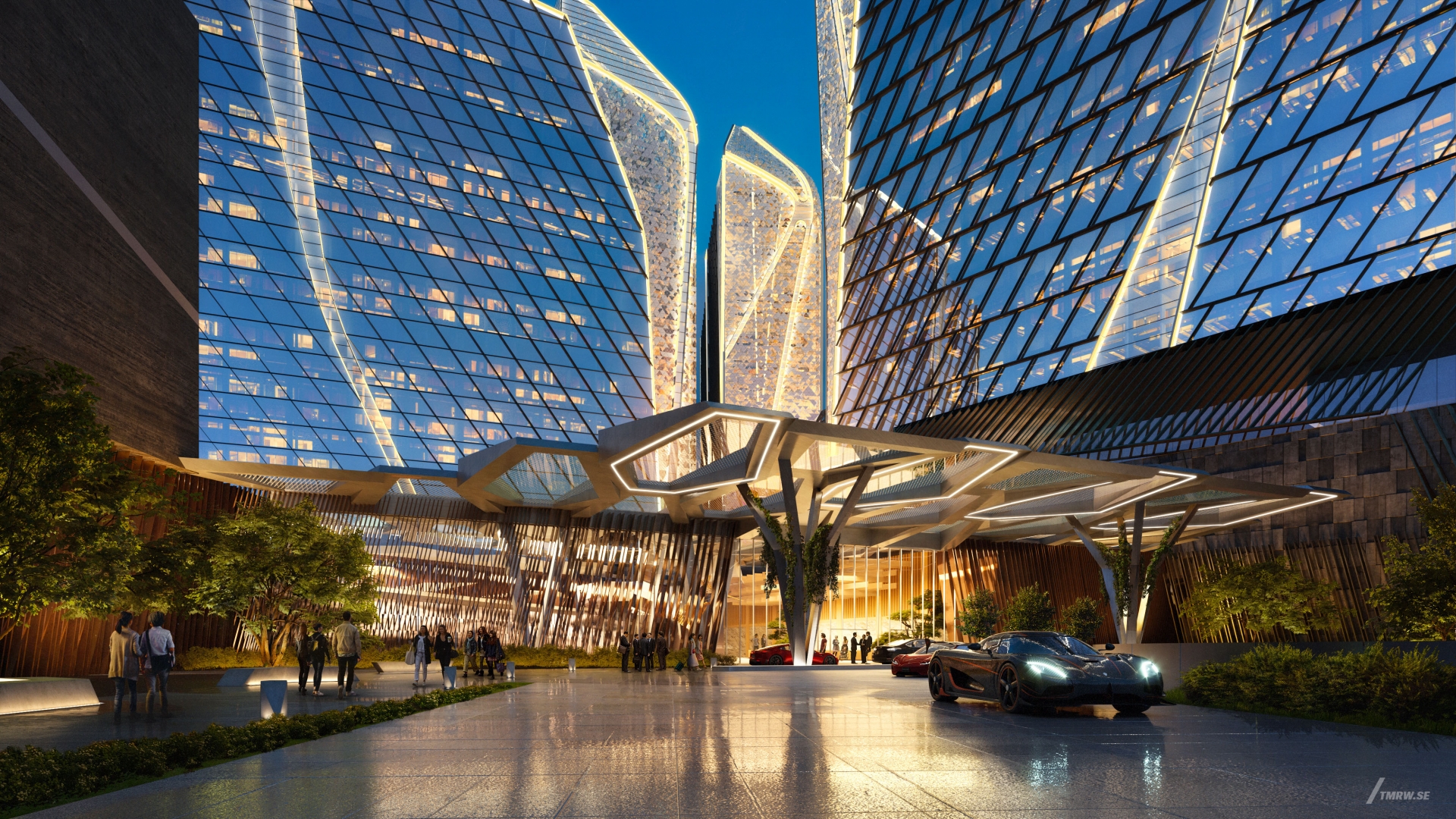
In architecture competitions, the visualization can either make it or break it for you. But how do you create a vision for a culture which isn’t your own? We asked Victor Larsson and Nils Petersson, two standout Visual Artists that have more experience from complex projects than most 3D Artists gather during a lifetime. How big a deal are the details? Short answer: Pretty big.
Asia is by far the largest continent in the world — and it’s growing. At least when it comes to exciting architectural projects. The opportunities to make your mark and design buildings that are turning heads and transforming skylines have never been more true for this lucrative market, and as always: if you wait too long, you’ll miss them.
So what should you keep in mind to craft a winning proposal? How do you make your visualization as captivating as your design? Here’s a few tried-and-true principles to consider — let’s get down to culture:
The single most important step
If you’re about to enter an architectural competition or simply create visualizations for this market and want to make sure that yours stand out, it all starts with one fundamental step: research. And when we say to go local with your groundwork, we mean really local — from signs, lamp posts and road markings to the type of shoes people are wearing.
“A way to achieve that crisp mood in your visualizations is to adjust the saturation of color and increase the perceived lightness.”
Nils Petersson
Why, you may ask. Because if you’re getting the details wrong, we can promise you one thing: it will show. Besides affecting your shot at winning, your visualization won’t be believable — not in the eyes of the jury or your stakeholders, at least.
Color saturation: more guts, more glory
While many Visual Designers and 3D Artists in the West frequently include weather phenomenons such as fog, clouds or a rich blue hour in order to create atmospheric images, the Eastern market often prefers a cleaner aesthetic. So rather than focusing on evocative natural settings or a golden hour with an almost touchable morning light, embrace a pure scenery.
“A way to achieve that crisp mood in your visualizations is to adjust the saturation of color and increase the perceived lightness — you’ll want to build a pure, flawless atmosphere in order to complement the architecture in the best way possible.” — Nils Petersson
The sentiment of more guts, more glory also applies to the composition: if you wish to come out on top, let the building be the indisputable hero object in your visualization — there should be no uncertainty as to what catches the attention of your eyes.
Be tuned into tech
Asia is not only home to eight of the world’s ten megacities, it’s also the manufacturing heart of the global tech industry. The entrepreneurial spirit exuding a tech curiosity — take Shenzhen for example, translates into the world of design: here you’ll find pioneers taking architecture to a whole new level with unbelievably futuristic spaces.
Pay close attention to the materials and how to enhance their qualities. How do you portray curved glass or an air purifying façade? The signal these innovative materials send to the stakeholders themself, that is of value.”
Victor Larsson
“You want the buildings to radiate a bold high-tech, futuristic feel. Think of the aesthetic in the cult movie ‘Blade Runner’ — a mysterious world with shafts of neon light that create this unique ambience of suspension. Instead of using old school billboards, try including digital out-of-home (DOOH) ads, neon signs or other displays in your visualizations. Let technology show in the exterior!”— Victor Larsson
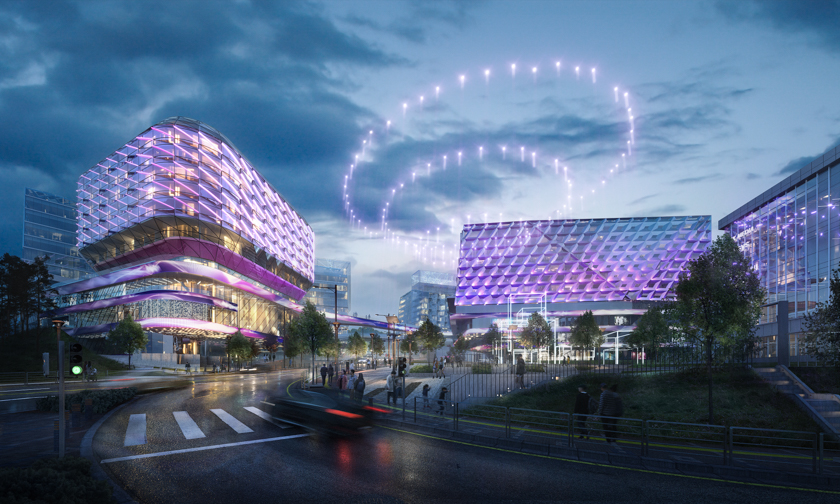
Make materials matter
From materials that generate their own energy to electrochromatic glass which responds to environmental conditions — future building materials are evolving, and the Asian market is certainly not known for being a late adapter. Similarly to the bold aesthetic highlighting the tech feel in visualizations, if you have a futuristic building you’d want to use both light and composition to elevate shapes, innovative materials, sharp edges and unique angles.
”Your goal as an artist is to sculpt that ‘WOW’ factor into your image. Pay close attention to the materials and how to enhance their qualities — how do you portray curved glass or an air purifying façade? The signal these innovative materials send to the stakeholders themself, that is of value.”— Victor Larsson
— Victor Larsson
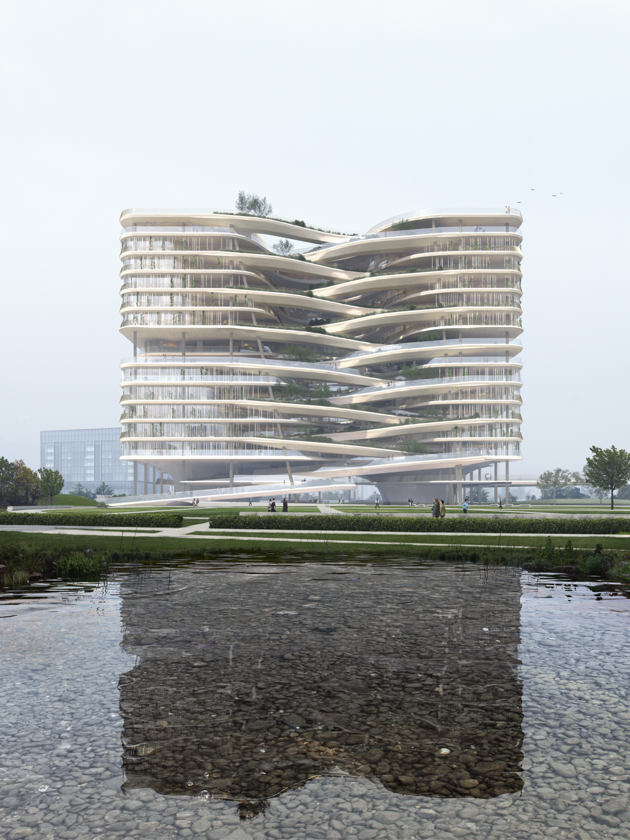
Representation is more than gender
So you’ve created your sublime setting, the light hits the gorgeous building just as you want it to and it’s time to add those elements of life — and movement — to your entry. When it comes to people and culture, there’s more to it than what meets the eye; aspects such as ethnicity, gender or clothing.
In addition to the pretty obvious parameter of population density, one easily overlooked matter is that of how people move. In Asia it’s for example more common to see women walking together and men, correspondingly, with their male peers. Have a look, how are the people placed in your visualizations?
”Whether you’re entering an architectural competition, going international with your design team or just planning to tap into the Asian market, make sure that you’ve thought about your stakeholder’s cultural point of view.”
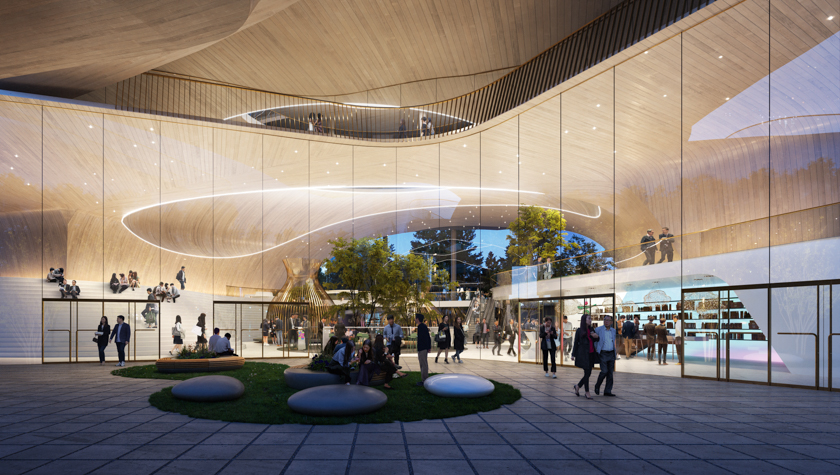
A final note on faux pas
Bridging that gap in cultural understanding between the East and West is more than optimizing the odds to your favor — if truth be told: it’s all about showing respect.
Whether you’re entering an architectural competition, going international with your design team or just planning to tap into the Asian market, make sure that you’ve done your research and thought about your stakeholder’s cultural point of view. What does the city or location stand for? What historical events have had an impact on its character? What about the surrounding nature? How do people live, work, move?
If you can answer these questions, chances are you’ll build much better relationships — and create visualizations that blow them away with your attention to detail. Manners matter, even in images.
